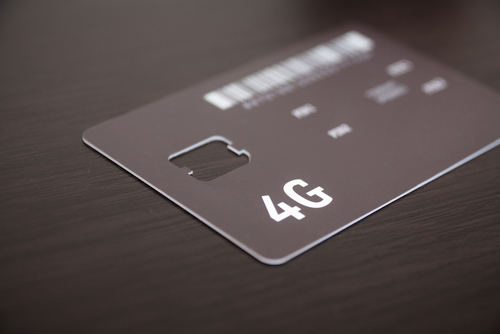Ofcom: UK 4G Is ‘Significantly’ Better Than 3G

Ofcom tests speeds and latency in five UK cities but finds discrepancies between operators
Ofcom has, perhaps unsurprisingly, found that 4G networks perform “significantly better” than 3G in five UK towns and cities but also discovered the average download speeds of Three’s LTE service are less than half of those offered by EE.
The communications regulator carried out 120,000 samples in Edinburgh, Leeds, London, Newcastle and Poole/Bournemouth between November and December to help consumers choose a network and to encourage operators to improve their service.
“People are increasingly connected, communicating and sharing content on their mobiles when out and about,” said Claudio Pollack, Ofcom consumer and content group director. “4G is delivering a significantly enhanced mobile experience and, as these services roll out across the UK, our research will support consumers when choosing the right mobile package for their needs.”
Compare and contrast
 EE, O2, Vodafone and Three were tested on four key metrics – download speed, upload speed, latency and browsing speed – while average scores for the five locations were also given.
EE, O2, Vodafone and Three were tested on four key metrics – download speed, upload speed, latency and browsing speed – while average scores for the five locations were also given.
Average download speeds on 4G were 14.7Mbps, faster than the 5.9Mbps on 3G, but while EE served up 18.6Mbps on LTE, Three recorded just 8.5Mbps. Vodafone delivered 16.4Mbps and O2 13.9 percent. However EE’s network was the slowest with average speeds of 4.0Mbps, behind Three on 5.4Mbps, O2 on 6.6Mbps and Vodafone, the fastest, on 7.6 percent.
Ninety-seven percent of all tests recorded at least 2Mbps, a figure which is higher on EE, Vodafone and O2, but just 89.9 percent of Three samples recorded Ofcom’s minimum required speed for video streaming.
However it is worth pointing out that recent national tests by RootMetrics declared Three to be the second best mobile data network in the UK, while the company itself declared speeds on its service were “stable” at around 18Mbps.
Roles reversed
According to Ofcom, EE also came on top in terms of 4G coverage, with its LTE network covering 81 percent of homes, up from 68 percent in June 2014 when Ofcom’s Q2 report was compiled. O2’s coverage increased from 43 percent to 66 percent and Vodafone rose from 37 percent to 43 percent. Three’s LTE coverage stands at 53 percent of UK premises.
The average upload speed across all four networks was 13.6Mbps, eight times faster than the 1.6Mbps on 3G. EE recorded 17.6Mbps, O2 13.2Mbps, Vodafone 13.1Mbps and Three trailled again with 9.4Mbps.
Latency was more consistent across all four networks but the category in which Three excelled and EE trailed was web browsing. The average time it took to load a page on Three’s 4G network was 0.63 seconds, ahead of O2 on 0.71, Vodafone on 0.76 and EE on 0.77.
Three also led on 3G, with 1.04 seconds, with the others not too far behind, and 8.34 percent of all pages were loaded within one second, but 29.9 percent of all pages on EE failed to load within 15 seconds.
In terms of individual cities, Poole/Bournemouth was the fastest with 15.6Mbps, ahead of Newcastle on 15.3Mbps, Leeds on 14.8Mbps, Edinburgh on 14.7Mbps and London last on 13.2Mbps.
Are you up to speed on 4G? Try our quiz!